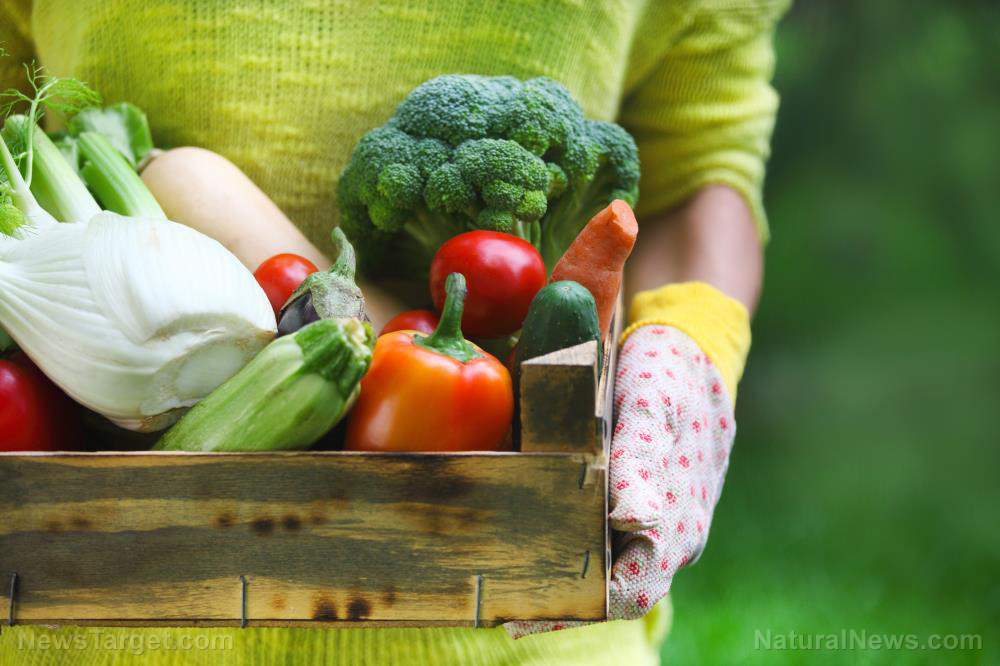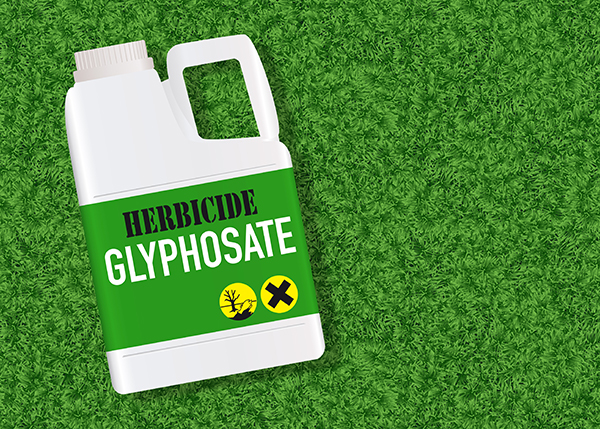
You can go a long way with various survival skills like hunting and fishing when SHTF. But skills like farming will make your life significantly easier once you move to your bug-out location.
If you want to survive a long-term survival scenario, you need to start planning now. Once you find a suitable spot for your survival homestead, do your research. Does your property have arable land? Do you have access to clean water for your garden and various needs?
What kind of plants can you grow on your farm? Can you hunt in the area?
Build the necessary structures
Once you've determined the kind of crops that can grow in your area, consider setting up structures that will help them thrive even when the weather isn't conducive to farming.
You can grow certain plants using structures like greenhouses, hoop houses and growing sheds. These can help extend your growing season or even produce new crops throughout the year.
If you can construct bigger structures, build a farm shed for your farming equipment. A shed can also be used to store any excess harvest.
Even if you don't have any woodworking skills, structures like hoop houses are easy to set up. Alternatively, you can buy them if you don't mind using a prefabricated model. You will need sturdy sheds and storage units if you also plan on keeping livestock on your homestead.
If you prefer DIY gardening projects, you can design structures for maximum sun exposure, storage space and ventilation.
Find a clean source of water
It's better to have more than one source of water so you have a back-up in case your first source becomes inaccessible.
If you're going to rely on groundwater or a local body of water for irrigation, review local zoning laws to figure out if you can install a well on your property. Other options include a rainwater collection tank or sustainable irrigation techniques for your farm.
Learn the basics of farming
Learn about sustainable farming practices to find the best method that works for you. Consider techniques that are less labor-intensive than commercial farming practices, which are also not good for your land.
Some of these practices require little or no machinery so you won't have to rely on fuel or worry about a fuel shortage when SHTF.
If you're going to use machinery or build farming structures, you also need to learn how to repair and maintain your tools. This ensures that you can continue to farm and harvest your crops even if your equipment breaks down.
Rotate crops, such as growing beans in spent land, to help extend the farming life of your soil.
Here are some crops that you can grow on your homestead:
- Beans
- Cabbage
- Carrots
- Corn
- Garlic
- Herbs (e.g., basil, bay leaves, oregano, parsley, rosemary and thyme)
- Kale
- Potatoes
- Sweet potatoes
- Winter squash
Raise livestock
When SHTF, most of your food will come from your garden. But if you want to have access to fresh eggs, milk and meat, you can also raise livestock on your homestead.
Keep chickens and other birds that will lay eggs so you can augment the supplies in your food stockpile while waiting for your crops to grow. (Related: 5 Reasons to raise your own sheep.)
Note that while slaughter animals like pigs are also a viable food source, raising meat takes more time and resources than growing garden vegetables and you will have to have a viable way to store the meat after slaughter.
Before you buy land in a remote location, take advantage of different resources to plan out your bugout location so you can manage your homestead effectively after SHTF.
Sources include:
Please contact us for more information.























